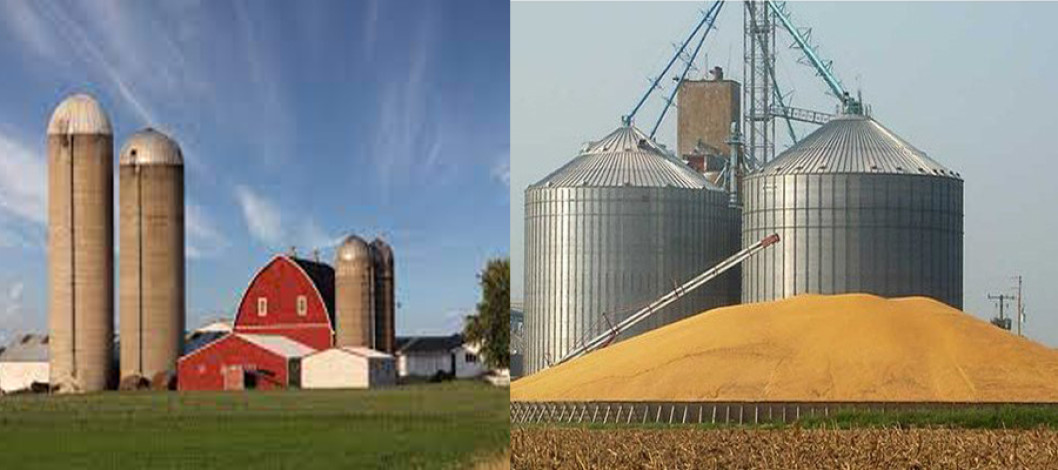
File Photo
A large warehouse built for the safe storage of large quantities of grain can be called a silo in one sentence. But if you've never personally dealt with a grain silo, you've probably seen one before. They're not common throughout the United States, but if you're driving through farmland, there's a strong chance you'll see these cylindrical storage units somewhere in the distance. However, if you now find yourself in the position of needing to learn about these frameworks, don't worry; They are not difficult to explain or understand. To get you up to speed on this important topic, we'll break down two specific points about grain silos—what they are and how they work.
The basics
Grain silos are used by manufacturers in the agriculture business for bulk storage of grain. However, despite the moniker “grain silos,†you can store certain other materials inside them instead. For instance, grain silos can be used to store coal or other harvested materials. While tower silos are commonly featured in movies and television shows, there are actually a variety of silo types. There are tower silos and horizontal silos, and the varieties don’t stop there. Those silos can be made from wood, concrete, or steel.
The different types of silos
How these storage units work may sound more complicated than you expected, but it will all seem so much simpler once you become familiar with these storage units and their storing process. First, vertical elevators transport the materials to the top of the grain silo and place it inside. Other transportation systems can be used, such as bucket elevators or blower systems, but a vertical elevator is typically the best choice, though it ultimately depends on the purpose. For example, blower systems can cause grains to crack, making them unsuitable for the grain you’re planning to sell on the market.
How they work
Once your goods have been brought to the silo, gravity will naturally control the flow at which the grain reaches the bottom of the silo. At the bottom of the silo, there is an opening that connects to an auger—a device used to safely transport grain from one place to another. The auger will then transport your goods to either another storage facility or a vehicle that will take the material to another location. As with any piece of machinery, you also need to know the proper safety protocols. Grain silos seem very simple and low-maintenance, but the natural flow inside the silo can be very dangerous for workers. Before installing a silo, make sure you and your team understand the right safety practices for these storage units. Now, you’re officially caught up on two important aspects of grain silos: what they are and how they work. This means you’re finally ready to start working with silos yourself. Whether you’re overseeing production firsthand or simply installing them in one of your facilities, it’s important to understand these aspects of silos so that your facility can remain safe and efficient. At DoverMEI, we can provide you with—and fully install—the best silo tanks for your raw material storage.
Additional Silo Facts
Silos are subject to unusual stresses because of the different ways people can load them. Earthquakes, explosions, metallic corrosion, unequal soil pressure and other factors can damage them and cause a silo to collapse. If that happens, people can lose their lives, and the collapse may contaminate the silo's grain and the environment. Silo failures are often sudden, and their collapse can damage surrounding structures. Although most concrete silos don't need moisture sealing, it's possible for water to seep through some silos. Spraying the outside of a silo with moisture sealant eliminates this problem. Grain vacuums help workers remove grain from silos or bins that don't have augers or that have mechanical problems. These machines have hoses - as regular vacuum cleaners do -- that suck grain from the silo into the unit.
Source: Online/GFMM
Comment Now